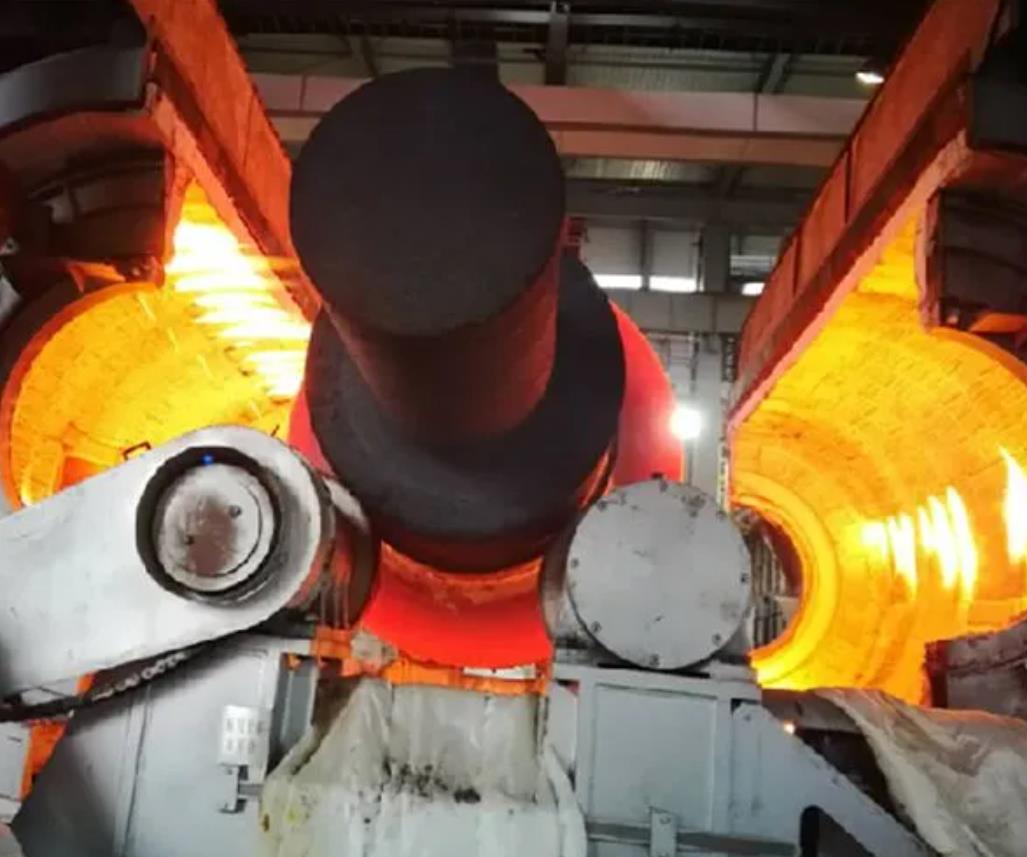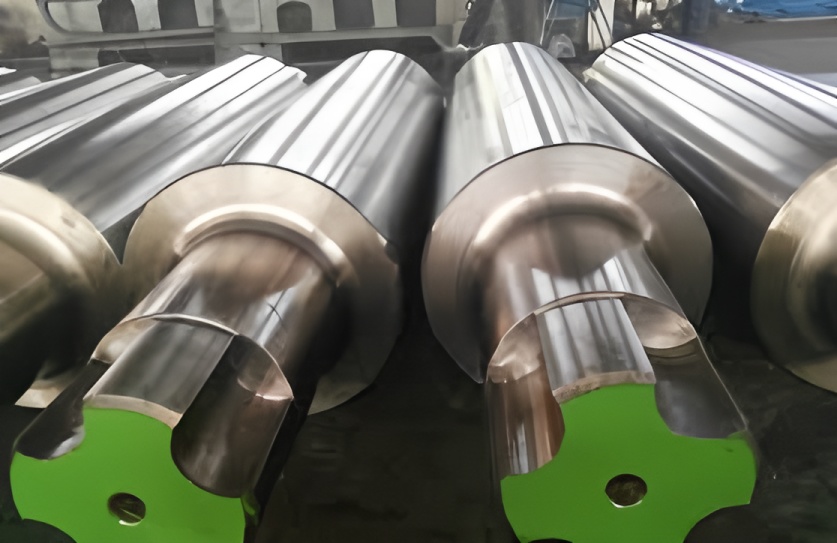The Impact of Roll Quality on Strip Production and Product Performance
This article describes common roll-related issues in strip production and their corresponding solutions.
Keywords: roll; quality impact; cause; solution
Causes of Roll Sticking
Roll sticking is typically caused by excessive local reduction, strip breakage fragments, or folded strips entering the mill. Slight sticking can often be addressed by manually grinding the roll with a grindstone. However, if the strip surface quality requirements are high, the roll must be replaced.
Material Requirements for Cold Rolling Rolls
During cold rolling, the roll surface is subjected to significant pressure and severe wear. High-speed rolling can lead to cobbles and overheating, resulting in surface cracks. Therefore, cold rolling work rolls must possess high and uniform hardness, a sufficiently deep hardened layer, and excellent wear and crack resistance. Good resistance to overheating and cracking are key factors in extending roll service life.
Effects of Insufficient Roll Hardness on Rolling
Insufficient roll hardness increases elastic deformation during rolling, enlarging the contact area between the roll and strip. To achieve the desired strip thickness, higher rolling pressure is required, which adversely affects shape control. In addition, higher surface roughness increases the friction coefficient between the roll and strip, leading to greater friction and higher rolling pressure.
Using Roll Bending to Correct Edge and Center Waves
When waviness appears on both edges of the strip, it indicates excessive rolling pressure on the sides. This can be corrected using positive roll bending. Conversely, center waves suggest that the initial or thermal crown of the roll is too large, which can be mitigated with negative roll bending.
How to Prevent Strip Deviation During Threading
Before threading, ensure proper pressure calibration and roll gap setting. Monitor the strip’s material condition, edge wave presence, and running status. If deviation is detected, adjust and depress promptly. If the strip deviates too rapidly, stop the process immediately. Strip deviation typically occurs during threading or flickering. Common causes include:
Poor incoming strip shape with severe edge waves, making it difficult for the edge control device to respond accurately. Countermeasures include reducing rolling speed, timely adjusting depression and oscillation, or stopping when necessary.
Incorrect operational adjustment of oscillation and pressure.
Electrical issues, such as sudden loss of tension in the coiler during rolling, leading to deviation or breakage.
Severe roll taper after grinding, resulting in inaccuracies in pressure application. This complicates oscillation control during rolling, causing edge waves, shape defects, or even breakage.
Malfunction of the strip edge control system, misalignment of sensors, or contamination of optical components, leading to loss of control and deviation.

Quality Defects from Roll Grinding and Their Impact on Rolling
Roll body taper: Makes reduction correction difficult, often resulting in one-sided waviness and poor shape control. Taper should be limited to <0.1 mm.
Out-of-round grinding: Causes ellipticity, leading to vibration during rolling, fluctuating pressure, and periodic thickness variation along the strip.
Crowned roll: While a slightly crowned roll is often used, excessive crown can cause center waves and secondary rib waves.
Excessive surface roughness: Increases rolling pressure, complicates shape control, and impairs strip surface quality.
Cracks on the roll body: If not detected and removed by grinding and inspection, these can cause visible crack-like marks on the strip surface.
Causes of Roll Breakage
Manufacturing defects: Flaws in the roll neck, which withstands the highest torque, often lead to breakage at this location.
Burst-induced breakage: High-speed rolling under heavy load can cause roll bursting, resulting in breakage at the burst point.
Operational issues: Misaligned pressure causing one-sided stress concentration often leads to roll neck breakage.


